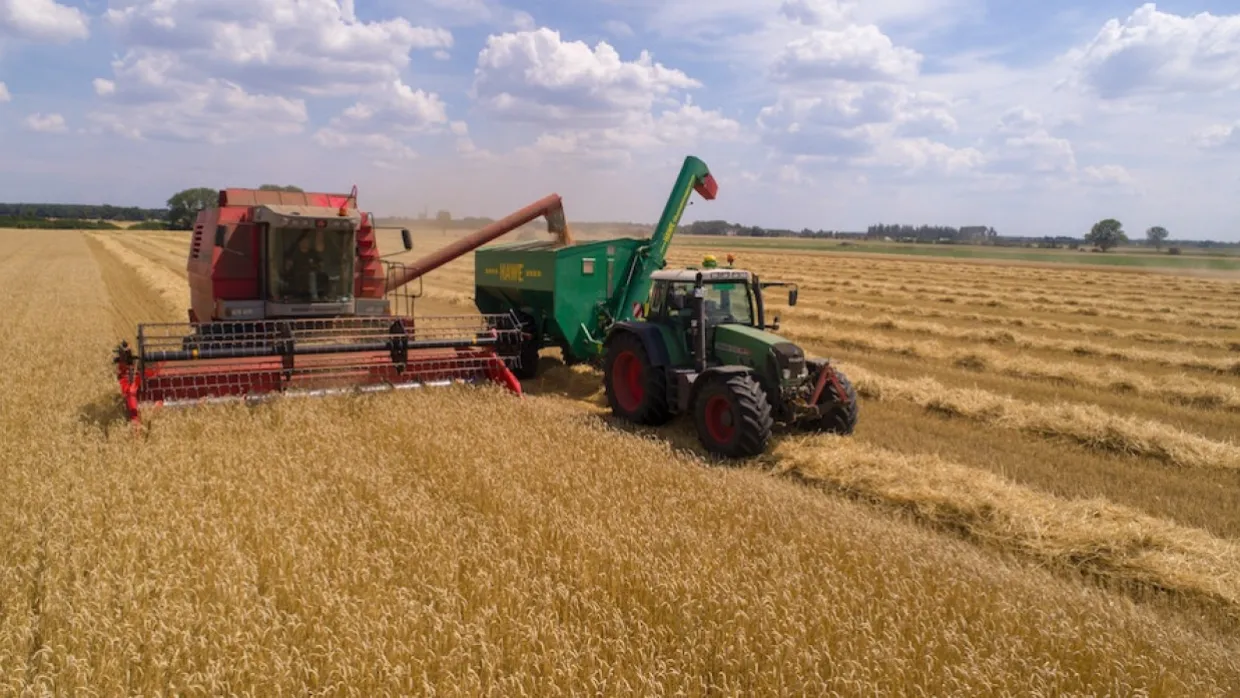Site Optimization
Fine-grained APIs vs. coarse-grained APIs

When it comes to large-scale enterprise integrations, application programming interfaces (APIs) have emerged as one of the most durable, secure and scalable technology solutions on the market. Going the API route enables you to support current integration needs—mobile, JSON, web apps, web services, XML—while fortifying you with flexibility for future formats. But to get the most optimization out of your tech stack, you need to determine which level of API granularity is right for your business: coarse-grained or fine-grained.
What is API granularity?
In the tech world, granularity refers to the level of detailed information available within your API. Think of it like your bedsheet's thread count. In a coarse-grained API, your data is typically housed in a few large components, while a fine-grained API spreads it across a large number of smaller components. If your components are equal in size, but vary in complexity and features, this could lead to a coarse-grained granularity. To build a fine-grained API, you divide your components based on the cohesiveness and coordination of their functionalities.
Determining your API granularity influences the way APIs are designed and developed in your enterprise. It impacts project deliverability, resource usage, deployment rollouts, application network complexity and other key processes. Keep in mind—a fine-grained API isn't necessarily better. Your unique business needs dictate where your business should sit on the continuum.
To help you determine which approach is right for you, we've run both types through the gauntlet and tested them from every angle. Let’s explore 10 areas of consideration to help you pick the right granularity level.
Reusability: Fine-grained
Fine-grained APIs have the edge here. Since more information is spread across a larger number of APIs, they typically offer greater reusability than their coarse-grained counterparts.
Scalability: Fine-grained (with a caveat)
Fine-grained APIs are designed to easily scale and improve the performance of your APIs. However, scaling your APIs may spark an increase in cloud hub worker resources—at the expense of your enterprise.
Security & analytics: Fine-grained
That's three in a row. A fine-grained approach enables you to provide security at a more granular-level. It also collects detailed analytics to help you resolve production issues.
Management overhead: Coarse-grained
If you're looking to limit management overhead, we recommend a coarse-grained API. Since a fine-grained approach means you end up managing more APIs, it typically increases overhead. And if you consider the security policies that can be applied to your API, the cost increases are manifold.
Performance: Tie
With a fine-grained API, you only expose the information needed by the client—thereby saving bandwidth. While this straightforward approach offers reliable performance, you risk slowing down the client application since they'll need to make multiple calls to get the information they need. With a coarse-grained approach, clients make fewer calls for the information they need, but it comes with the risk of potentially exposing unwanted data.
Latency: Fine-grained
Fine-grained approach adds cumulative latency, which is critical for mobile applications. In addition, you may have to consider caching solutions to mitigate this issue. A fine-grained approach features a greater responsibility of addressing the potential failure of each API call. But with a coarse-grained approach, there is a chance of single-point failure.
Resource usage: Coarse-grained
Fine-grained resources gobble up infrastructure resources at a faster pace than coarse-grained APIs.
Complexity: Fine-grained
With a fine-grained approach, complexity at your node level is simple. But at an entire application network level, the complexity is much higher.
Ability to deploy: Fine-grained
Since a coarse-grained API is more destructive, it is more difficult to move changes and advance new functionality toward production.
Agility & innovation: Fine-grained
A fine-grained approach offers agile, innovative development cycles. Moving through the pipeline to production is fast and simple.
Conclusion
Ultimately, most companies end up with a mix of fine- and coarse-grained approaches for their end solution. A fine-grained API promotes less destructive changes and boosts your performance, scalability, agility and innovation. On the flip side, designing a coarse-grained approach paves the way for you to save resources, make management easier, prevent cumulative latency and avert data inconsistency on the customer side.
When it comes to the tools you need to build and manage your APIs, we recommend utilizing Mulesoft. Why? It can handle both coarse-grained and fine-grained APIs—and brings down management overhead either way. Mulesoft's toolset (Design Center, API Consoles, Notebooks, API Managere, Runtime Manager, Exchange) enables you to implement API-driven connectivity, which prioritizes building APIs over point-to-point integrations. And if Salesforce is in your tech stack, Mulesoft offers even more value.
The result: an application network that not only takes care of your current needs, but remains open and flexible for future requirements.